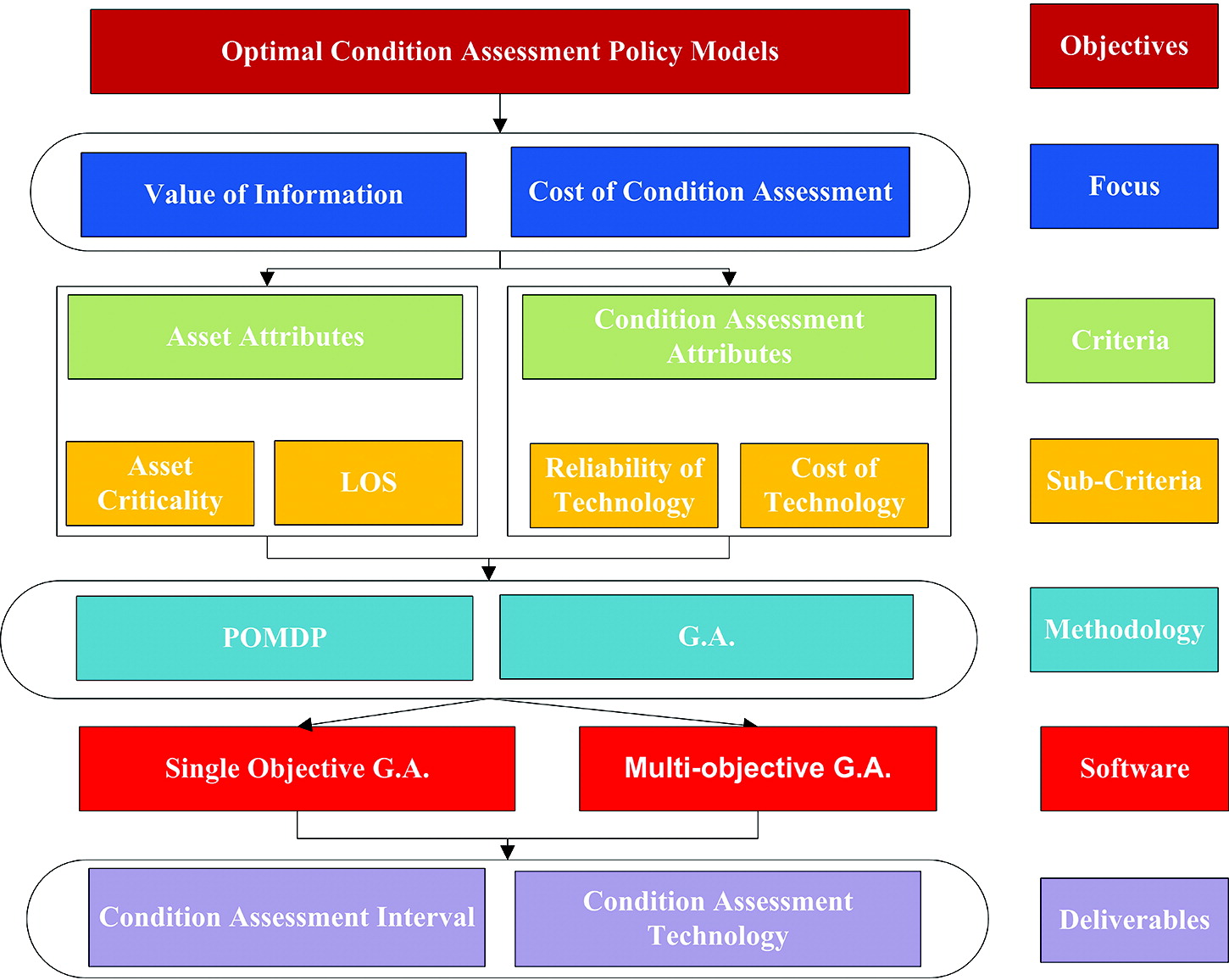
Multiobjective genetic algorithm to allocate budgetary resources for condition assessment of water and sewer networks
This paper presents a framework for optimizing condition assessment policies by balancing the revealed value of information with the cost of obtaining such information. The computational platform is based on augmenting the asset condition state with an expected level of accuracy. Inaccuracies due to condition assessment reliability are evaluated using the partially observable Markov decision process. The single objective genetic algorithm is used to select the most cost-effective assets to assess considering information inaccuracy under a fixed budget. The model is extended using
Towards optimum condition assessment policies for water and sewer networks
With ageing water and sewer infrastructure in North America, assessing the condition of these assets has received increased attention in the past few years. Condition assessment is an integral component in any asset management program. Determining the condition of buried infrastructure tends to be more cumbersome, costly and error-prone compared to other surface infrastructure like roads and buildings. For sewers, CCTV is considered the industry standard for condition assessment technologies. For pressurized water pipelines, technologies tend to be more costly and uncertain (e.g
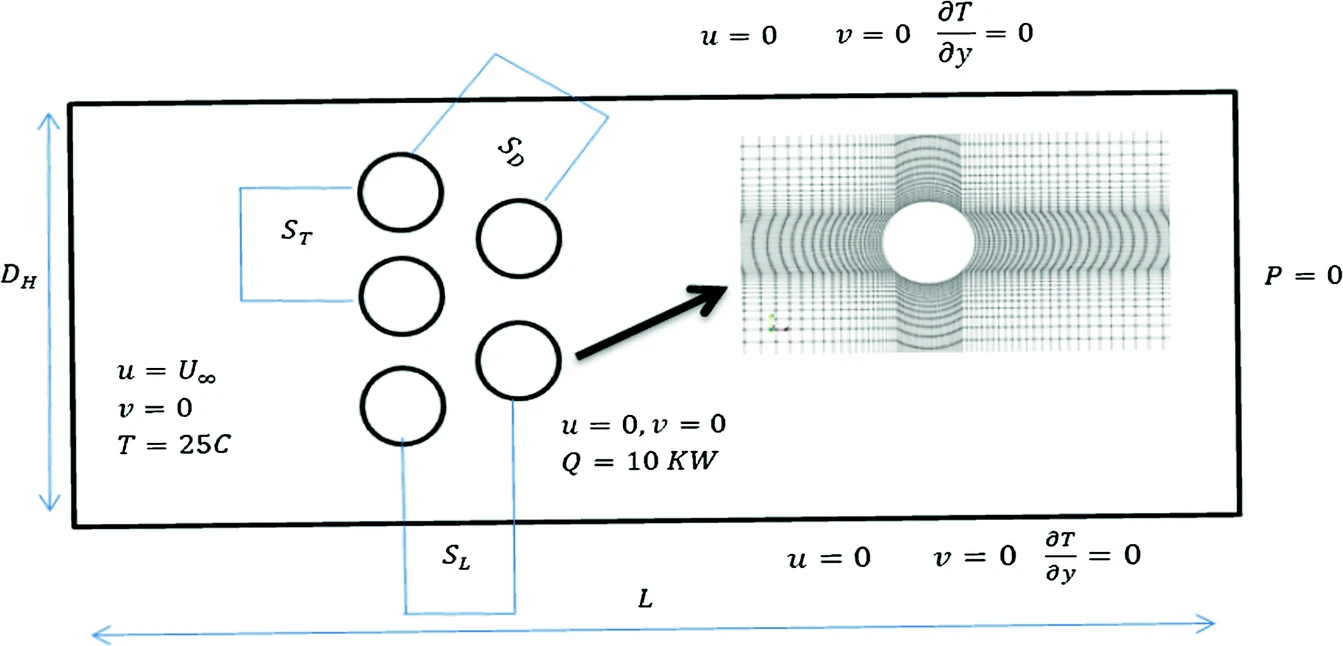
Tuning of PID Controller Using Particle Swarm Optimization for Cross Flow Heat Exchanger Based on CFD System Identification
This paper illustrates the design of proportional–integral–derivative controller (PID) controller of 10 KW air heaters for achieving the set point temperature as fast as possible with minimum response overshoot. Computational fluid dynamic (CFD) numerical simulations are utilized to predict the natural response of 10 KW input power for the air heater. CFD results are validated with experimental empirical correlations that insure the reliability of open loop results. The open loop response of CFD transient simulations is used to model the air heater transfer function and design the classical
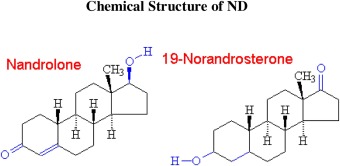
Nandrolone decanoate safely combats catabolism in burned patients: A new potential indication after recall
Introduction: The hyper-catabolic state is a devastating pathophysiological response to severe injury, infection or burns. Nandrolone decanoate (ND) is a potent anabolic steroid have many clinical indications, but not investigated in burn injuries yet. Patients and methods: A prospective randomized control study included 40 burned patients who were treated in Burn unit from burn injuries ranged from 20 to 40%. Both groups are objectively assessed, clinically and laboratory during treatment period till full recovery from burns’ injury. Recall assessment of the drug safety after many years is
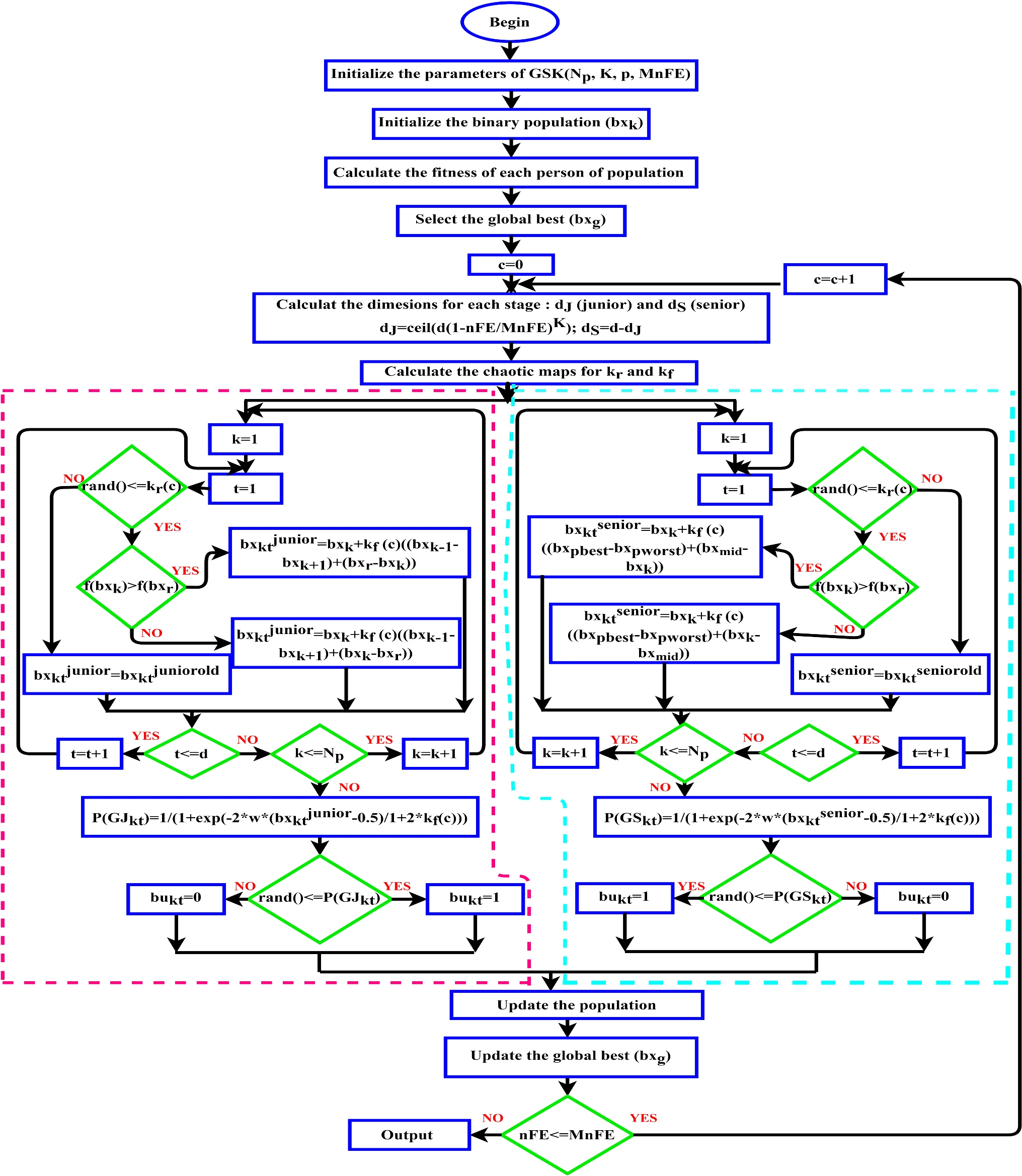
Chaotic gaining sharing knowledge-based optimization algorithm: an improved metaheuristic algorithm for feature selection
The gaining sharing knowledge based optimization algorithm (GSK) is recently developed metaheuristic algorithm, which is based on how humans acquire and share knowledge during their life-time. This paper investigates a modified version of the GSK algorithm to find the best feature subsets. Firstly, it represents a binary variant of GSK algorithm by employing a probability estimation operator (Bi-GSK) on the two main pillars of GSK algorithm. And then, the chaotic maps are used to enhance the performance of the proposed algorithm. Ten different types of chaotic maps are considered to adapt the
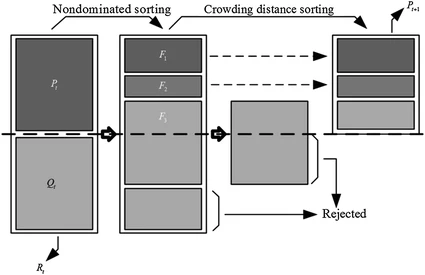
Chaotic system modelling using a neural network with optimized structure
In this work, the Artificial Neural Networks (ANN) are used to model a chaotic system. A method based on the Non-dominated Sorting Genetic Algorithm II (NSGA-II) is used to determine the best parameters of a Multilayer Perceptron (MLP) artificial neural network. Using NSGA-II, the optimal connection weights between the input layer and the hidden layer are obtained. Using NSGA-II, the connection weights between the hidden layer and the output layer are also obtained. This ensures the necessary learning to the neural network. The optimized functions by NSGA-II are the number of neurons in the

Chaotic system modelling using a neural network with optimized structure
In this work, the Artificial Neural Networks (ANN) are used to model a chaotic system. A method based on the Non-dominated Sorting Genetic Algorithm II (NSGA-II) is used to determine the best parameters of a Multilayer Perceptron (MLP) artificial neural network. Using NSGA-II, the optimal connection weights between the input layer and the hidden layer are obtained. Using NSGA-II, the connection weights between the hidden layer and the output layer are also obtained. This ensures the necessary learning to the neural network. The optimized functions by NSGA-II are the number of neurons in the
AROMA: Automatic generation of radio maps for localization systems
Current methods for building radio maps for wireless localization systems require a tedious, manual and error-prone calibration of the area of interest. Each time the layout of the environment is changed or different hardware is used, the whole process of location fingerprinting and constructing the radio map has to be repeated. The process gets more complicated in the case of localizing multiple entities in a device-free scenario, since the radio map needs to take all possible combinations of the location of the entities into account. In this demo, we present a novel system (AROMA) that is
Transmission power adaptation for cognitive radios
In cognitive radio (CR) networks, determining the optimal transmission power for the secondary users (SU) is crucial to achieving the goal of maximizing the secondary throughput while protecting the primary users (PU) from service disruption and interference. In this paper, we propose an adaptive transmission power scheme for cognitive terminals opportunistically accessing a primary channel. The PU operates over the channel in an unslotted manner switching activity at random times. The secondary transmitter (STx) adapts its transmission power according to its belief regarding the PU's state of
FPGA-Based Memristor Emulator Circuit for Binary Convolutional Neural Networks
Binary convolutional neural networks (BCNN) have been proposed in the literature for resource-constrained IoTs nodes and mobile computing devices. Such computing platforms have strict constraints on the power budget, system performance, processing and memory capabilities. Nonetheless, the platforms are still required to efficiently perform classification and matching tasks needed in various applications. The memristor device has shown promising results when utilized for in-memory computing architectures, due to its ability to perform storage and computation using the same physical element
Pagination
- Previous page ‹‹
- Page 7
- Next page ››
